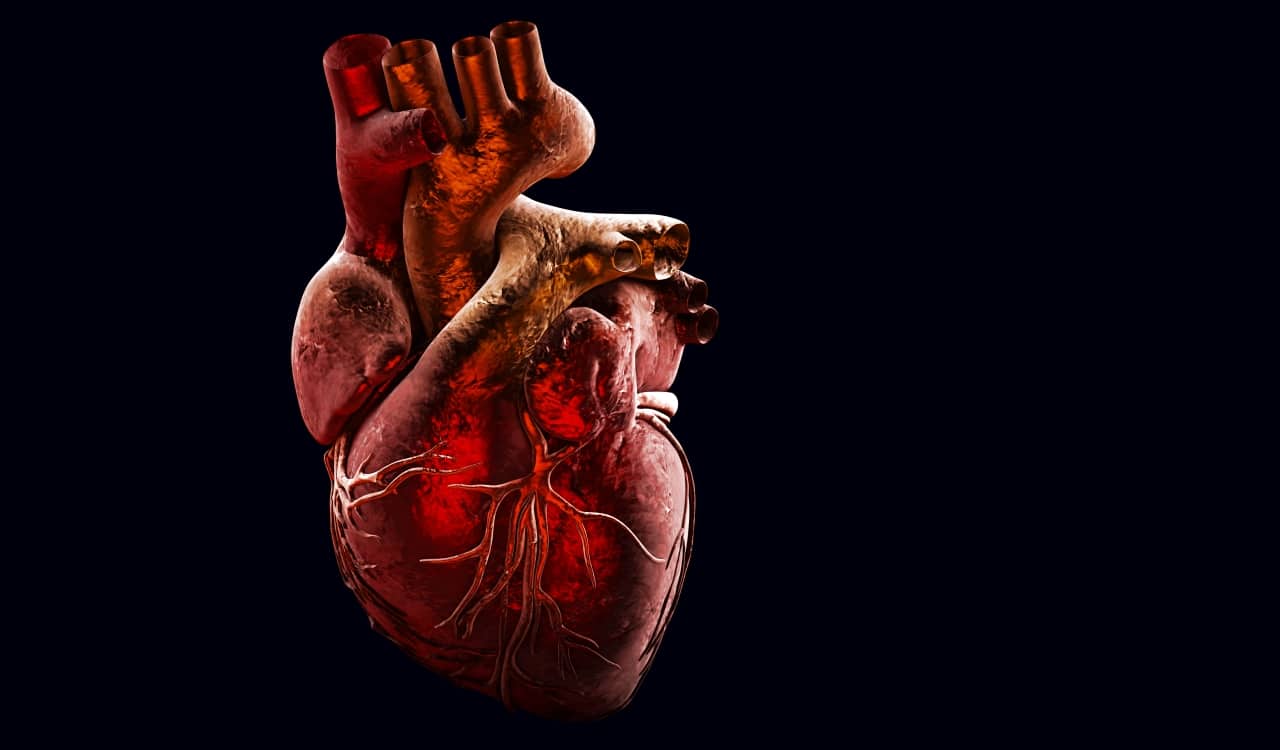The Human Heart is an organ that is considered the most crucial to our bodies over any other organ outside the brain. any used to assume that the heart was the source of our mental activity while the brain was a cooling system. Ask Socrates about that one. We’ve known the importance of the heart pretty much since current homo sapiens began to walk the Earth and join communities. Yet we did not know about what the heart actually did for thousands of years. Funny enough, we’re even learning about how the heart reacts to things even today.
That is the most interesting thing about the human body. We’re always going to be learning about something new that our bodies can or cannot handle. When it comes to our hearts, we’ve also managed to learn about things that disprove certain myths we’re all used to discussing. Even things some of us learned in school might no longer be true. As a result of all this confusion as well as the need to mention the most updated information possible, we decided to fully explain the human heart. We will harp on the “human” side because this will be key to our article but also due to hearts operating differently in other species.
History Of The Human Heart In Science

We have been discussing the heart throughout history. So much so, we’ve seen some wild assumptions about how or why we have one. Ancient Egyptians believed organs had a will of their own and could move around the body, funny enough. Some people who went to medical professionals for help at the time experienced what some would call early witchcraft magic. This did nothing, but the assumption that it did and the fact that not all conditions were serious, left people assuming these actions helped.
Plato disagreed somewhat with Socrates on the heart, as he felt that reasoning began in the brain but the passions came from one’s heart. They both come from the brain, technically. Aristotle’s Philosophy also shaped how people felt about the inner workings of the heart. It was in his philosophy that we get the term “heartfelt.” He believed the heart collected sensory input from the peripheral organs through blood vessels. This is clearly not true. However, the fact that most people felt this way was likely due to their lack of medical experience, especially when it came to dissection.
